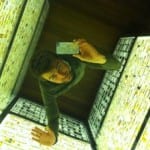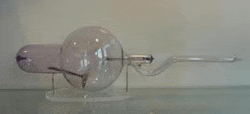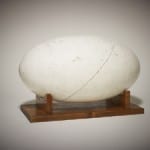The Mullard Space Science Laboratory
By Nick J Booth, on 17 December 2013
One of the things I enjoy most about my job is that I get to work with many different departments from across UCL. I meet people from a wide range of backgrounds and get to do some pretty interesting stuff with them. And of course being a curator I get to work with collections as well, which is in my opinion the best thing about working in museums.
In the last few months I have had the good fortune to visit the Mullard Space Science Laboratory (MSSL). A part of UCL that very few people get to see, staffed by people who are extremely passionate about their jobs, and housing a whole new collection of objects that I didn’t know existed.
The MSSL was opened in 1967, and is the largest university space research group in the UK. Not only that but its early date marks it as one of the earliest such centres in the world, and makes it an important part of the early history of the British Space Programme, now known as the UK Space Agency (yes we really do have one of those). The lab is located near (more…)
 Close
Close










